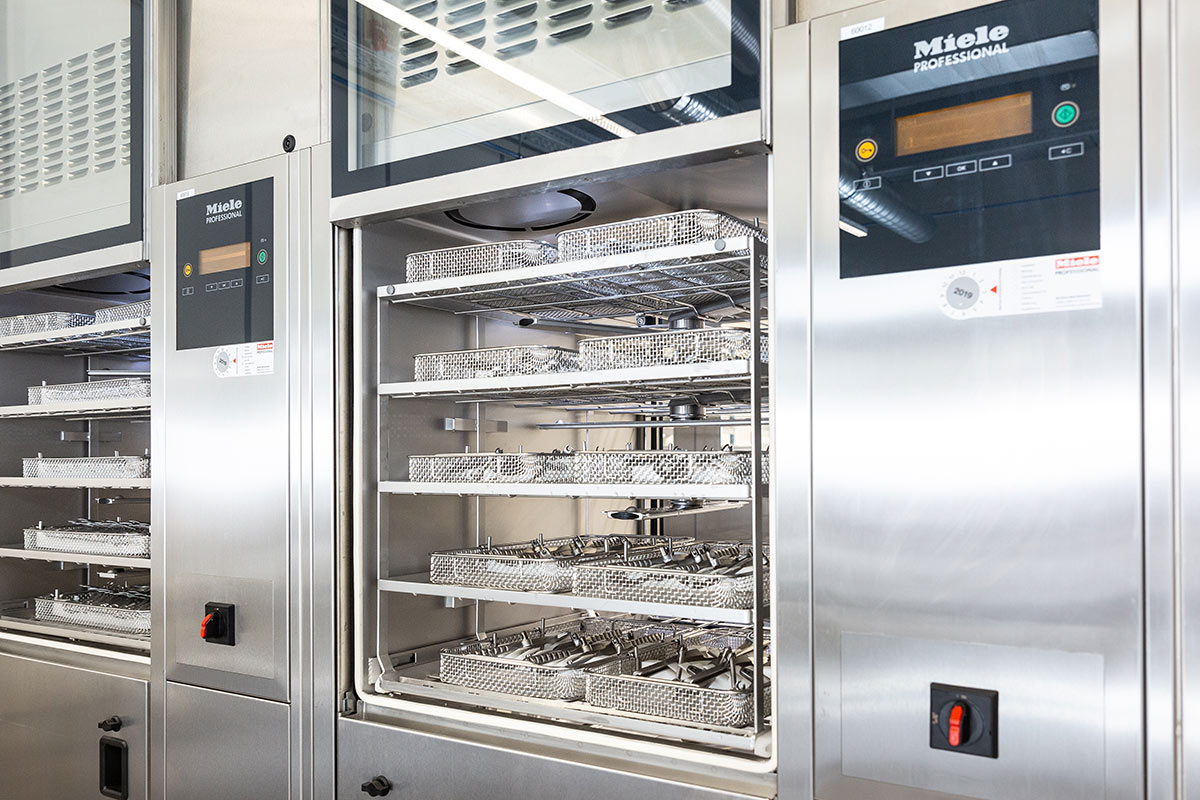Processes

Precision through conviction
We set new standards with our use of advanced CNC 5-axis lathing and milling centres. The automation enables implementation of your individual designs. Using the widest range of materials we create finished products in line with our customers’ requirements which satisfy the highest of standards.
Love for perfection

Manufactoring processes
• Manual manufacturing like e.g. fitting of the instruments, straightening, aligning
• Grinding, polishing, matt finishing
• CNC 5-axis lathing and milling centres
• Surface blasting (glas pearls, corrundum, steel balls)
• Laser welding, TIG welding, soldering
• Manual cutting processes (sawing, drilling, lathing)
• Pressing and bending
• Laser marking, etching, colour coding, printing
• Automatic final cleaning and passivation
• Checking, measuring, SPC-based final checking, packaging, labelling
Validated processes

Safety and continuity
Qualified and validated manufacturing processes are the foundation for our successful and fault-free production processes. Product checks, e.g. by way of hardness testers, measuring projectors or regular microbiological and toxicological inspection of final cleaning, ensure the monitoring of our processes. So you can be assured that your product satisfies the requirements in force at any given time and that all product documentation is up to date.
Marking

Transparent und safe
Marking of the product guarantees seamless traceability of all production steps and the materials used. The labelling and product-appropriate packaging satisfy the standard regulatory stipulations and ensure easy handling for your products.
Cleaning

Surface cleaning
For the final cleaning, passivation and drying of the finished instruments we ensure maximum safety by way of two process steps: a fully-automated dipping process reliably removes operating materials from even inaccessible places on the instrument. Then the subsequent spraying process, which satisfies established standards like ASTM A967, enables the formation of a passive protective layer on the surface of the instrument.
